The Jagdpanther Tank Destroyer
This German WW2 Jagdpanzer V Jagdpanther Tank Destroyer can be found at the Deutsches Panzermuseum in the small military town of Munster, Germany.
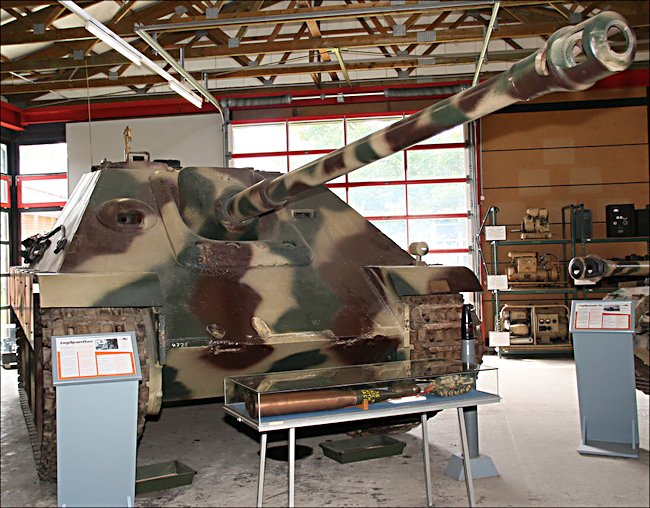
The Jagdpanther 88mm Tank Destroyer at the German Tank Museum
The Jagdpanther was fitted with same long high velocity 88mm gun that was on the Tiger tank as apposed to the 75mm gun fitted to the Panther tank. Its sloped front armour gave the Jagdpanther tank destroyer crew protection from most Allied weapons. Production difficulties meant that only 415 were built. Continued Allied bombing of Germany's industrial centres and lack of resources contributed low amount produced.
By doing away with the turret the profile of the vehicle is lowered to help in concealment. You can also armour up the front vehicle. German tank destroyers were not designed to close encounter tank battles. They were intended to find good defensive locations that looked out onto battlefields where enemy vehicles could be spotted.
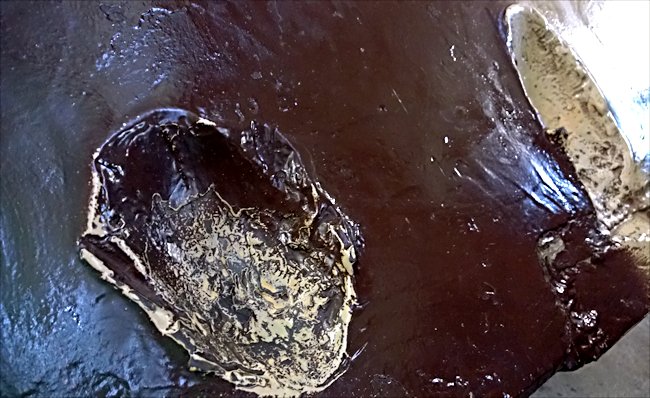
These Allied tank rounds failed to penetrate the Jagdpanther Tank Destroyer's sloping front armour.
The tank killing 88mm gun enabled the Jagdpanther to destroy Allied armoured vehicles from a long distance, get the first shot in and then change location.
The Jagdpanther benefited from the improved design features of the Panther tank. The suspension and wide tracks of the Panther tank chassis enabled the vehicle to cross boggy and snow-covered countryside without getting stuck in the mud and slush. The Jagdpanther also inherited the defects of the Panzer Mark V Panther tank. It was prone to mechanical breakdown.
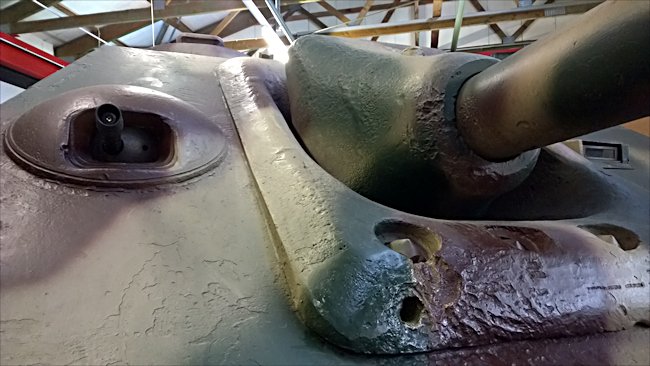
Can you spot the penetrating Allied shell damage on the front of this Jagdpanther?
The German tank designers did not make it simple the crews to maintain the Jagdpanther. For example, if the inner track wheel failed, was damaged by a mine, five of the outer wheels would have to be removed to be able to replace it.
This was a lot of extra and unnecessary work to replace one wheel. Crews also found that in winter the track wheels would ice up. They had to smash away the ice before the wheels would move again. If there was a problem in the engine to gain access the crews would have to hang upside down the rear hatches. If they dropped any their tools, they were lost forever.

The jack was bolted between the two exhaust pipes at the rear of the Jagdpanther Tank Destroyer
The sloped front armour was 80mm thick. Because of this the angle the armour plate was sloped at meant that the crew were protected by the equivalent of 140mm of armour. Most Allied tanks could not penetrate the front of a Jagdpanther. The only chance they had of knocking one of these German tank destroyers out was to manoeuvre into position where they could fire at the side and rear armour plates.
The second photograph on this page shows the damage caused by to Allied tank rounds on the front of the Jagdpanther at the German tank museum. Notice both shells have not penetrated the thick armour. So long as the crew pointed the front of the vehicle towards the enemy they were fairly safe. This gave the crew extra confidence on the battlefield.
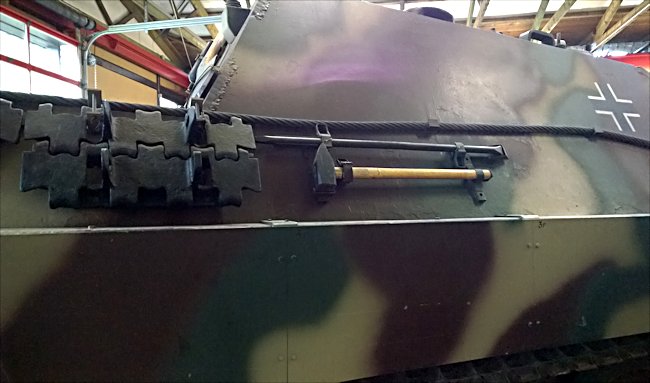
Tools and spare track were bolted onto the side of the Jagdpanther
The Jagdpanther was used in December 1944 during the Ardennes is offensive. It was a very effective weapon against Sherman tanks. The losses of Jagdpanther were caused by their crews abandoning them after they had run out of fuel or ammunition.
Some were destroyed by their crews because of mechanical failure or having been immobilised by an anti-tank mine and unable to get them repaired on the battlefield. A few Jagdpanther tank destroyers were knocked out by lucky shots to the side and rear armour plates. When the weather cleared Allied rocket firing ground attack aircraft knocked out any they could find.
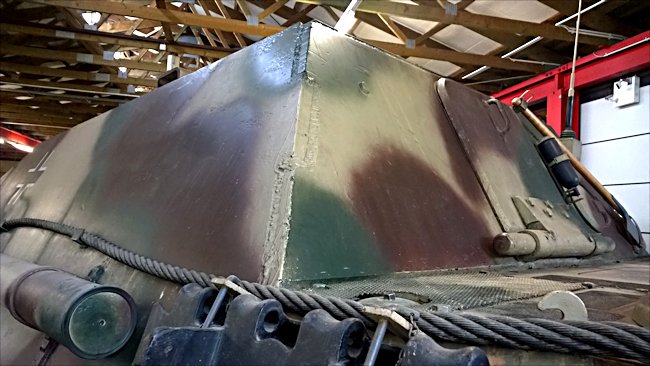
Jagdpanther rear crew escape hatch
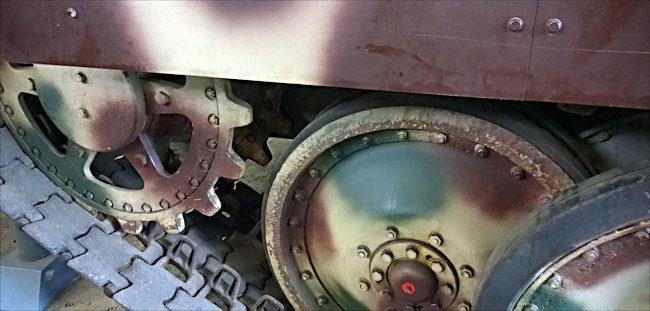
Jagdpanther Tank Destroyer sprocket track wheel
Where can I find other preserved Jagdpanthers?
- Bovington Tank Museum England
- Imperial War Museum Duxford, London England
- Weald Foundation England (running condition)
- Munster Panzer Museum Germany (running condition)
- Wehrtechnische Dienststelle Trier, Germany (running condition)
- Auto + Technik Museum, Sinsheim Germany
- Thun Tank Museum Switzerland
- Saumur Tank Museum France
- Kubinka Tank Museum Russia
- U.S. Army Center for Military History Storage Facility, Anniston, AL, USA
- Source - Pierre-Oliver Buan - http://the.shadock.free.fr/Surviving_Panzers.html
WW2 tank books

